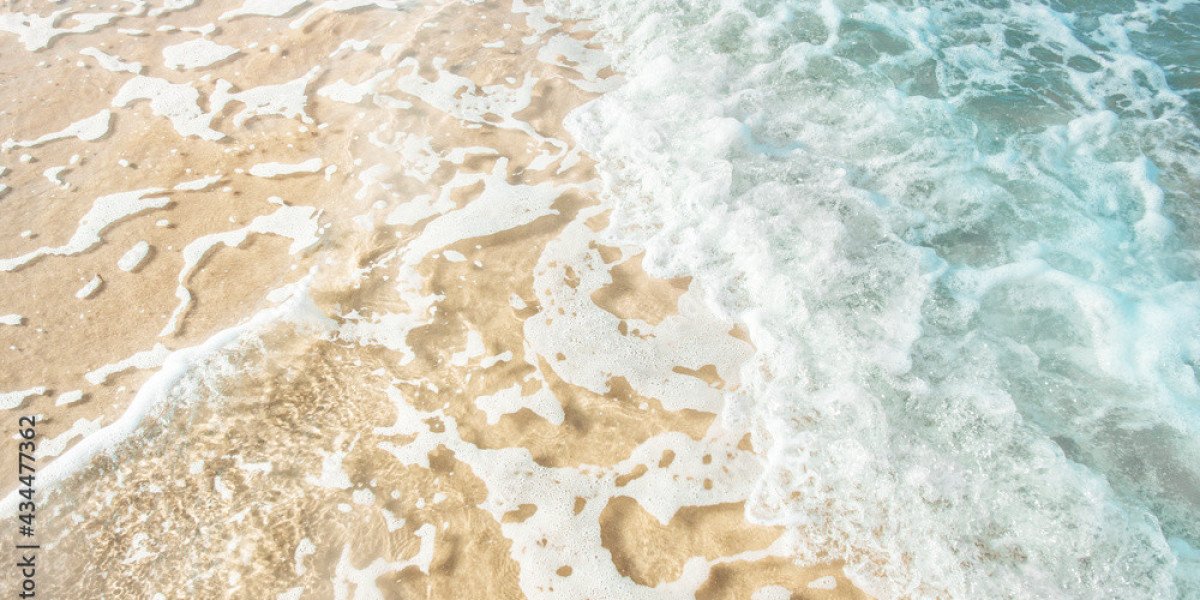Cardboard is an essential material used in packaging, storage, and countless other applications across industries. Despite its prevalence, many people have little understanding of what makes up this versatile material and why it’s so important in modern life. In this article, we will answer the question, “What is cardboard made of?” and explore its various uses, manufacturing process, and sustainability benefits.
Understanding Cardboard: Composition and Structure
When asking what is cardboard made of, the answer is primarily paper pulp derived from wood fibers or recycled paper. These fibers are bonded together through a combination of heat, pressure, and adhesives to create a durable sheet material. Cardboard typically comes in two main types: paperboard and corrugated fiberboard. Paperboard is a single-ply sheet commonly used for lightweight packaging, while corrugated cardboard has a fluted inner layer sandwiched between two linerboards, making it stronger and more resilient for heavy-duty packaging needs.
The raw materials for cardboard production usually include a mix of virgin wood fibers and recycled content. Virgin fibers provide strength and structure, while recycled fibers promote sustainability and cost efficiency. Additional additives such as starch-based adhesives or wax coatings may be included to enhance water resistance and durability. This combination results in a material that is lightweight yet strong, making it ideal for shipping, storage, and display.
How Cardboard Is Manufactured: From Trees to Sheets
Understanding what is cardboard made of involves exploring its production process, which starts with sourcing wood pulp or recycled paper. The pulp is processed through mechanical and chemical methods to separate fibers, which are then mixed with water to form a slurry. This slurry is spread onto large screens where excess water drains, and fibers begin to interlock. The resulting sheet is dried, pressed, and cut into appropriate sizes for further processing into cardboard products.
For corrugated cardboard, the manufacturing process involves creating the fluted inner layer by heating and pressing sheets into a wavy pattern. These fluted sheets are then glued between two flat liners using starch-based adhesives. This design significantly increases the cardboard’s strength and cushioning properties, making it ideal for packaging fragile or heavy items. The entire process is highly efficient, with modern facilities recycling water and minimizing waste to reduce environmental impact.
Common Uses of Cardboard in Daily Life
Once we know what is cardboard made of, the next question is how it is used in everyday life. Cardboard is most commonly associated with packaging and shipping boxes, but its applications extend far beyond that. From food containers and retail packaging to custom displays and storage solutions, cardboard serves as a versatile material in countless industries. It’s lightweight, cost-effective, and easy to print on, making it a favorite for branding and marketing purposes.
Cardboard is also widely used in creative and functional ways beyond packaging. For example, architects and designers use it for prototyping, artists incorporate it into sculptures and installations, and furniture makers have even created eco-friendly chairs and tables from reinforced cardboard. Additionally, schools often use cardboard for educational projects and crafts, highlighting its adaptability for various purposes.
Environmental Impact and Sustainability of Cardboard
Knowing what is cardboard made of also raises questions about its environmental footprint. One of the biggest advantages of cardboard is that it is highly recyclable and biodegradable, making it an eco-friendly packaging option. Most cardboard products are made from a high percentage of recycled fibers, and after use, they can be easily recycled into new cardboard products. This closed-loop recycling system helps conserve natural resources and reduce landfill waste.
However, not all cardboard is equally sustainable. Cardboard with wax coatings, plastic laminations, or heavy ink usage can complicate recycling efforts. Businesses and consumers can promote sustainability by choosing uncoated cardboard, minimizing contamination, and participating in local recycling programs. With growing environmental awareness, many companies now prioritize eco-friendly cardboard packaging to meet consumer expectations and reduce their carbon footprint.
The Future of Cardboard: Innovations and Trends
As we understand what is cardboard made of and its current applications, it’s clear that this material will continue to evolve with technological and environmental trends. One key innovation is the development of stronger, lighter cardboard that uses fewer raw materials without sacrificing durability. Advances in adhesive technologies and water-resistant coatings also expand cardboard’s capabilities for storing perishable goods and withstanding harsh conditions during shipping.
Digital printing technology is another trend shaping the future of cardboard. Brands can now create high-quality, customized packaging with vibrant graphics, making cardboard an excellent tool for marketing and brand identity. Additionally, sustainability initiatives are driving the growth of biodegradable coatings and increased use of post-consumer recycled fibers. As businesses and consumers alike seek greener solutions, cardboard remains a critical material in achieving a more sustainable packaging industry.
Final Thoughts
Cardboard is more than just a packaging material—it’s a sustainable, versatile solution that plays a crucial role in modern commerce and everyday life. Understanding what is cardboard made of helps us appreciate its unique properties and environmental benefits. As innovation continues, cardboard will remain a cornerstone of sustainable packaging and creative applications worldwide.







